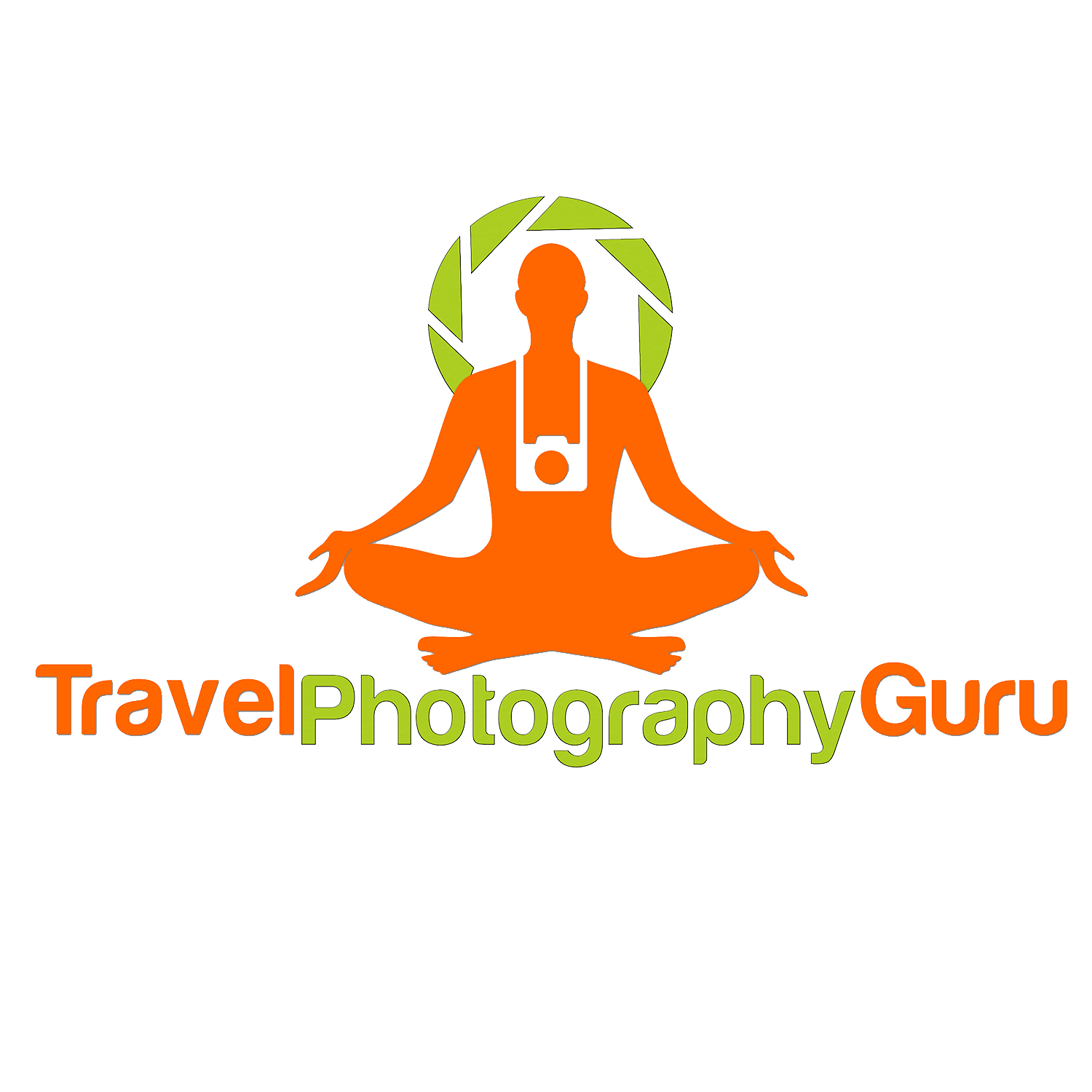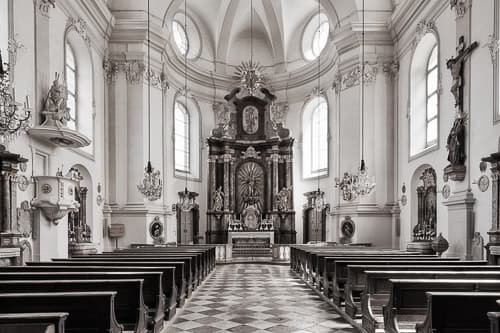Leh, Ladakh: Land Of The Passes
Glenn Guy (green shirt) and friends above the town of Leh, 1988.
This photo shows me and some travel buddies surrounded by Buddhist prayer flags overlooking Leh, the capital of Ladakh, in northern India.
The photo was made, way back in 1988, with a Canon F-1 camera. That’s a 35 mm film based camera which, back then, was the top of the line in the Canon stable.
Unfortunately the photos in this post, while important to me, are far below the standard I normally post on this site. The scans were done many years ago and the quality is pretty poor.
Leh Map
Leh Weather
The summer months, between April and June, is the best time to visit Ladakh.
During the rest of the year the Manali to Leh highway is closed due to snowfall and the only road to Leh is the Srinagar to Leh highway which, in addition to be affected by occasional landslides, can be problematic for travelers due to ongoing tension along the ceasefire line with Pakistan.
I’ve traveled both highways as well as flying into Leh, which I did quite late in the season. In fact I was amongst the very last cars through on the Manali to Leh highway that particular year as the road was about to close down the following day.
I still remember camping in a tent in a roadside on a high mountain pass with a Swiss paraglider I’d teamed up with and our driver. We’d just come from what was then the restricted Pangong Lake, which we needed a special permit to visit.
The woman who run this establishment was beautiful, but tough as nails. There was an altercation between a special friend who was visiting and some Indian police or army officers, I can’t remember which.
What I remember most that night was that I slept on a rug on a bed of rocks and a small group of porters from Zanskar who were also seeking refugee for the night. The were hardy, but very sky folk. And tiny, like hobbits. Being a Tolkien fan and wanting to travel to Zanskar I was fascinated by our encounter.
Travel | What's Your Comfort Zone?
Australia has suffered through years of prolonged drought. But things have only got worse over recent months. Devasting bushfires were followed by flooding rains and now, like so many other parts of the world, the cronnavirus has reached our shores.
When things get tough in my own life I think of travel. But, for obvious reasons, travel is very much of the agenda at the moment. Still it’s important to dream and I think we all need a little escapism right now, even if that’s only in the form of armchair traveling.
But what kind of travel do you prefer? What’s your comfort zone?
About To Travel?
Travel And Memories of Days Past
The photo at the top of this post was made on my very first trip, which took me to Hong Kong, China, Tibet, Nepal, India and Thailand.
Perhaps the most enjoyable part of the trip was the time I spent in Ladakh, the Land Of The Passes, on the Tibetan plateau in the far north of India.
The guesthouse I was staying at cost me just a couple dollars a night. It was basic in the extreme, but it was totally authentic, which is what I wanted.
You can’t beat a family run establishment. I remember playing badminton with the owner’s husband, at 3,500 meters above sea level, and teaching kids in the neighborhood some nursery rimes from my own childhood.
The Best Bread And Jam You Can Imagine
Grandma would bake flat bread for breakfast, on an ancient stove, which I'd smear with home made apricot jam.
The jam was made from fruit from the nearby Nubra Valley which borders Pakistan and China.
Back then, due to security concerns, foreign tourists were not permitted to visit the Nubra Valley. Borders in that part of the world are disputed and militarized.
I understand it’s now possible to travel into the Nubra Valley.
Glenn Guy, Travel Photography Guru, 1991 expedition to Pangong Tso in Ladakh.
Prior to breakfast I'd be out and about making photos, most of which were ruined due to both camera and (film) processing related issues.
The photo at the top of this post is one of the few that survived from that first, epic overseas adventure.
It features me (I'm the one in green) and some friends I’d met (in Kashmir, I think) during my travels.
Another automotive repair on the road to Pangong Tso, Ladakh, India.
A Morning Shower With a Difference
After breakfast we'd line up for a shower. It was rustic to say the least.
The water, coming directly from snow melt from the surrounding mountains, was carted by hand by an old granny from an outlet several blocks away.
She was well into her 60's, but was as tough as old boots. She'd carry the water, in a large metal jerry can, secured with rope around her shoulders.
You just knew she'd be able to chew you up and spit you out again without raising a sweat. She most certainly had my respect.
As the water was poured into a large 44 gallon drum on the roof of the shower block the idea was to delay the shower for as long as possible, without waiting for the day's water to run out, in the hope that it would be heated by the sun's rays.
It probably did take the edge off, but boy oh boy was it cold. Talk about a bracing experience. I never got out of that shower without a crippling headache.
It was a little like the one you'd get as a kid after eating ice cream too fast, only worse. Rather than a sharp pain in the forehead, this one was concentrated around the skull with the rest of the body encased in a dull ache.
Needless to say I would have forgone my morning shower if I’d known how the water had to be carried, over an old woman’s back, to that rather medieval showering arrangement.
As it was I didn’t discover the facts until near the end of my stay. Though, when I did, the fact that she use to stare through a crack in the door while I took my (quite) long shower started to make more sense.
For years afterwards I used to spend the last few minutes of my daily shower, even in winter time, under cold water in the hope that it would help me acclimatize to those horrible Himalayan shower experiences.
It never did, though I'd like to think it was still beneficial. And I returned to Ladakh several times over the following years.
Looking Back At My First Overseas Travels
I have many great memories from my first overseas trip in 1988. It's true to say that it changed my life.
After the initial disappointment associated with losing most of my photos to camera and processing mishaps I determined to return again next year, which I did. And I've kept travelling, whenever I can, ever since.
Photography hasn't just recorded my travel experiences, it's also informed and enhanced them.
I can barely imagine travelling without my camera gear. Life would definitely be easier, but no where need as exciting or creative.











There’s no doubt that we live in a most beautiful world. But have you ever wondered how the camera can teach us to better perceive and appreciate the world around us?